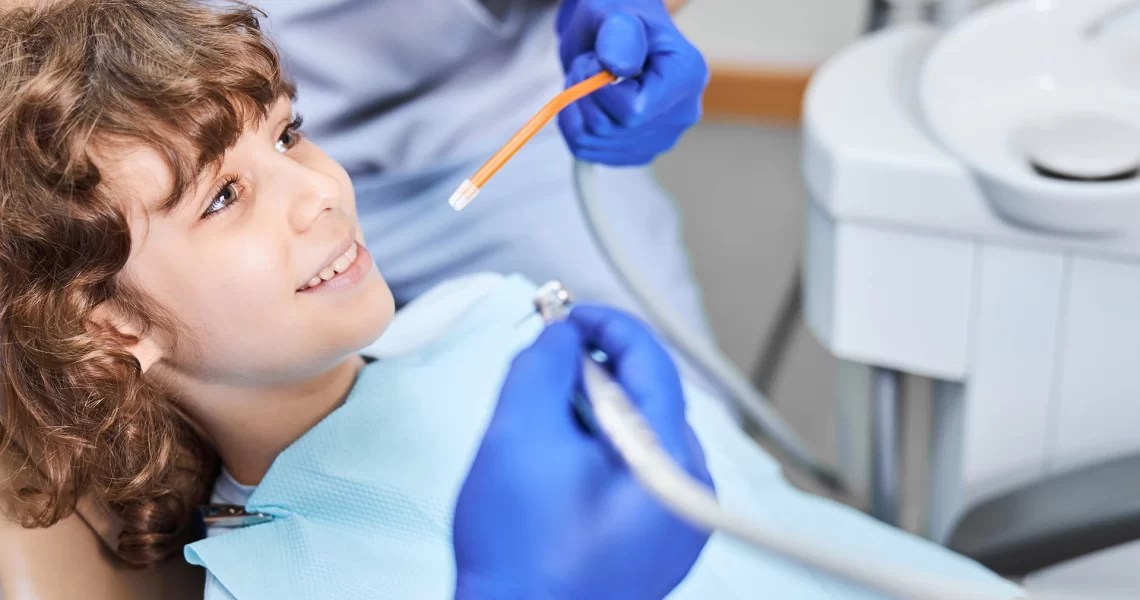Pediatric dentists at Jackson Heights dental office for Children offer advanced pulp therapy with state-of-the-art technology and modern equipment with promising outcomes. Extensive tooth decay usually requires a comprehensive approach through pulp therapy to alleviate pain and discomfort.
This informative blog will highlight key features and types of pulp therapy based on the extent of infection. So keep reading!
An introduction to Pulp therapy
Pulp therapy, pulpotomy, pulpectomy, or nerve treatment, is a common dental procedure performed, especially in children with a prime objective of eliminating the diseased pulp (inner layer of the tooth consisting of blood vessels and nerve endings), followed by tooth restoration through dental crowns.
Pulp therapy can be performed for both primary (baby) and permanent teeth. Though the primary teeth eventually shed off, they are essential for proper chewing and speech and to guide the alignment and spacing of permanent teeth.
Warning signs that indicate the need for pulp therapy
Certain warning signs may require immediate dental care in the form of pulp therapy. These include:
- Unexplained, excruciating, and persistent pain that may increase in intensity
- Pain may not reduce even after taking medication
- Radiating pain to the jaws, ears, and neck
- Extreme tooth sensitivity to hot and cold foods and drinks
- Presence of an abscess around the root tip with or without pus discharge
- Swelling, redness, and tenderness around the affected tooth

Types of pulp therapy and the procedure involved
The type of pulp therapy depends greatly on the exact location and extent of the infection. Based on these criteria, there are two types of pulp therapies, including:
Pulpotomy
- It involves the removal of the crown part of the pulp (coronal pulp), leaving the pulp tissues in the root (radicular pulp) intact.
- The removed portion is then replaced with a therapeutic material that provides antimicrobial properties to help soothe the remaining pulp tissues and protect them.
- The tooth is later restored with a crown to strengthen the tooth structure.
Pulpectomy
- This procedure involves the removal of the entire pulp tissue, including the coronal and radicular pulp.
- The root canals are cleaned and packed with a biocompatible material.
- A resorbable material is used to fill primary teeth, while the permanent teeth are filled with a non-resorbable material.
- This is finally restored with a tooth-colored crown.
Final takeaway
Despite several preventive measures, children are prone to dental caries due to poor oral hygiene, and unhealthy eating habits. Pulp therapy can effectively treat teeth with decay that involves the pulp, thereby preventing premature tooth loss, and promoting oral rehabilitation.











